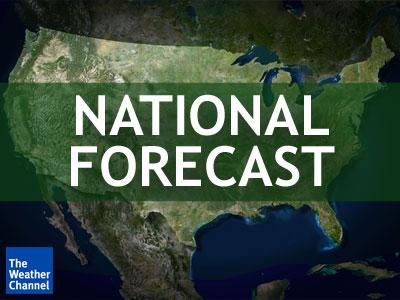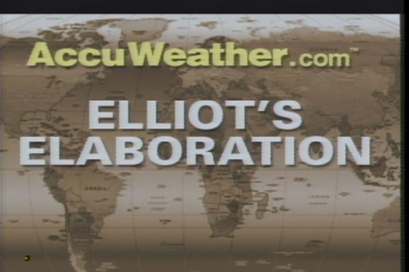The torrential rains that have inundated Atlanta, Ga., and its surrounding areas over the past few days have been called a 100-year storm event by state weather experts. Does that mean such a storm comes only once a century?
Actually, no - the story is a little more complicated than that.
Meteorologists, climatologists and hydrologists calculate 100-year events as a statistical tool to determine the likelihood of intense storms or floods. For example, meteorologists use the average year-to-year rainfall in a given area to figure out the chances of having a storm of potentially epic proportions, explained Pam Knox, Assistant State Climatologist of Georgia.
"What it means is that every year there's a 1-in-100 chance of one of these happening," she told LiveScience.
So while these events have a lower statistical likelihood of happening than your average thunderstorm, they can and do happen, sometimes within just a few years of each other.
"It's very unusual, but not unprecedented," Knox said of the particular event in Georgia.
How it happened
Atlanta's weather woes began when a low-pressure system became stuck over the southeast, pulling moist air in from the Gulf of Mexico and dumping rain on Alabama, Georgia, eastern Tennessee and western North Carolina. One town in Georgia got 16 inches (about 40 cm) of rain in just 48 hours, according to the Georgia Emergency Management Agency.
Georgia gets about 50 inches (127 cm) of rainfall per year on average, so "this is a pretty big chunk of that," Knox said.
These 100-year events can be calculated for different rain durations as well, Knox said. An area could have a one-hour "100-year event" or 24-hour one. Atlanta has likely exceeded the rainfall amounts for both a 24-hour and 48-hour "100-year event," Knox said.
In such monumental deluges, flash flooding typically occurs because the soil quickly becomes saturated and the water has nowhere to go. This flooding can be exacerbated when an area is heavily paved, as Atlanta is, because there is even less ground capable of absorbing the excess water.
"There's just nowhere, literally, for that water to go," Knox said.
The water can build up into rushing torrents that can catch motorists by surprise. At least eight people have died in Georgia as a result of flash floods from this storm, according to news reports.
While such storm events tend to be associated with tropical storms or other tropical low-pressure systems for Atlanta, 100-year events in other areas, particularly in a desert environment, such as areas of California, "might look very different," Knox said.
The amount of rainfall it takes to qualify as a 100-year event also changes depending on the location.
100-year floods
Hydrologists can use similar statistical methods to calculate the occurrence of 100-year flood events on rivers such as the Mississippi. They take into account average streamflow, storm data, properties of the surrounding soil, and how much pavement covers the surrounding ground.
The associated 100-year floodplains are the areas that could be impacted if such a flood strikes. If you live on any floodplain, the chances are about 1-in-2 that you will experience a flood in your lifetime, according to theU.S. Geological Survey (USGS).
The devastating flooding along the Mississippi River in 1993 is an example of a 100-year flood. The flooding caused an estimated $20 billion in damage, according to the USGS.
The floods that wreaked havoc in the Midwest in 2007 and 2008 were both 500-year floods, according to one USGS official. Five hundred-year floods (and 50, 25, 10 or whatever interval you want to use) work on the same logic as 100-year events.
"Essentially, a 500-year flood is just that quantity of water that has the 1-in-500 chance of happening in any one year. Another way to say it would be, there's a .2 percent chance of a flood of this magnitude occurring in any one year," said Bob Holmes, the National Flood Coordinator for the USGS, in a USGS podcast.
Of course, 100-year events aren't limited to storms and floods. A given area could also be subject to 100-year snowstorms, freezing rain and drought events. The severe droughts in Maine (1999-2000) and Utah (1999-2002) are examples of the latter; in the Maine event, water supplies ran low, with some record losses of wild blueberry crops.
So while these events are statistically rare, there is every chance they could happen. And just becauseAtlanta has had its 100-year storm this year, doesn't mean it gets to wait 100 years for the next such storm.
- Original Story: What is a 100-Year Storm?




Tidak ada komentar:
Posting Komentar